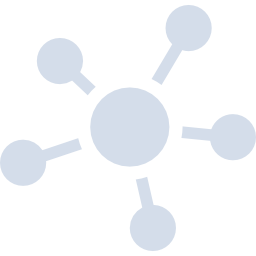This article explores the practices of selecting news images that depict death at a global picture agency, national picture agency and a news magazine. The study is based on ethnographic observations and interviews (N = 30) from three Western-based news organisations, each representing a link in the complex international news-image circulation process. Further, the organisations form an example of a chain of filters through which most of the news images produced for the global market have to pass before publication. These filters are scrutinised by the empirical case studies that examine the professionals’ ethical reasoning regarding images of violence and death. This research contributes to an understanding of the differences and similarities between media organisations as filters and sheds light on their role in shaping visual coverage. This study concludes that photojournalism professionals’ ethical decision-making is discursively constructed around three frames: (1) shared ethics, (2) relative ethics and (3) distributed ethics. All the organisations share certain similar conceptions of journalism ethics at the level of ideals. On the level of workplace practices and routines, a mixture of practical preconditions, journalism’s self-regulation, business logic and national legislation lead to differences in the image selection practices. It is argued that the ethical decision-making is distributed between – and sometimes even outsourced to – colleagues working in different parts of the filtering chain. Finally, this study suggests that dead or suffering bodies are often invisible in the images of the studied media organisations.
Distributing ethics: filtering images of death at three news photo desks
Publication type
Year
2021
Journal
Journalism
Pages
1-19
DOI
10.1177/1464884921996308
Abstract or description
 NordEthics
NordEthics